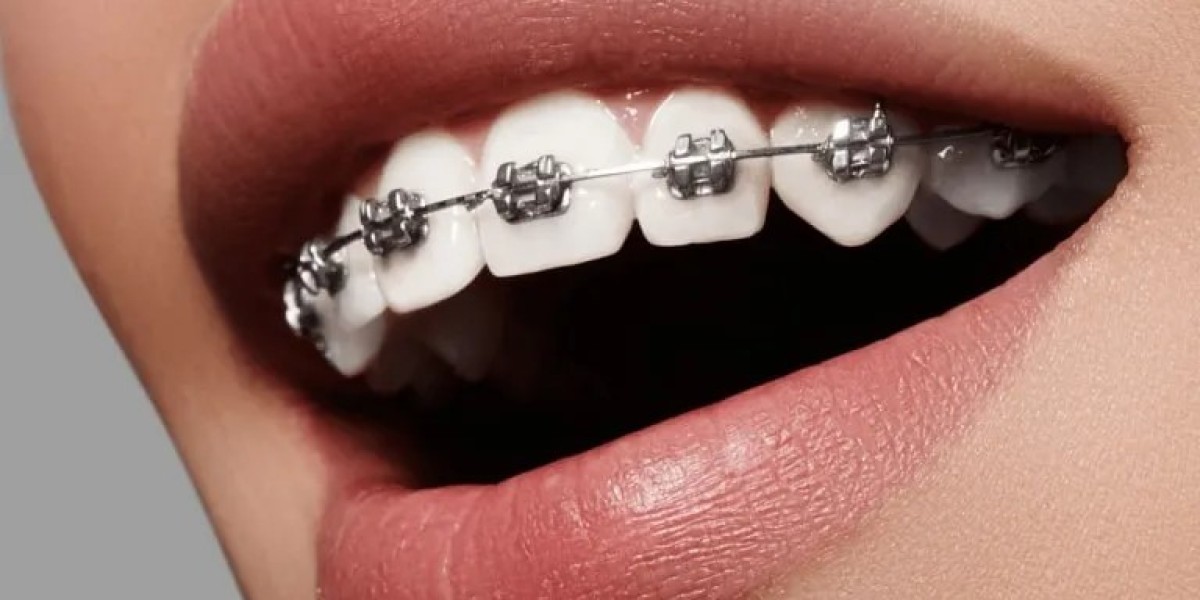If you’re undergoing orthodontic treatment, you may have heard about or been asked to wear rubber bands with your braces. So, why are rubber bands used with braces? Rubber bands, also called elastics, play a crucial role in orthodontics by helping to correct bite problems and improve the alignment of teeth. They apply additional pressure in specific directions that Dental Braces alone cannot achieve, making them essential for many treatment plans aiming for a perfectly aligned and functional bite.
What Role Do Rubber Bands Play in Braces Treatment?
Rubber bands are small, stretchy loops attached to brackets on your braces. Their main function is to:
Apply targeted force to move teeth and jaws into better alignment
Correct bite issues such as overbite, underbite, crossbite, and open bite
Improve the fit between upper and lower teeth, ensuring proper chewing and speaking function
Enhance the speed and effectiveness of the overall orthodontic treatment
By connecting different parts of your braces, elastics guide your teeth into positions that braces alone might struggle to achieve.
Different Types of Rubber Bands and Their Uses:
Orthodontists use various types of rubber bands depending on the correction needed. Common types include:
Class I elastics: Help close gaps between teeth and align the bite when jaws are in a good position
Class II elastics: Connect upper front teeth to lower back teeth to correct overbite by pulling the upper jaw backward and the lower jaw forward
Class III elastics: Connect lower front teeth to upper back teeth to correct underbite by encouraging the lower jaw to move backward and the upper jaw forward
Vertical elastics: Used to close open bites by pulling upper and lower teeth together vertically
Each type targets specific orthodontic problems and plays a unique role in refining your bite and smile.
How to Wear Rubber Bands Correctly?
Proper use of rubber bands is essential for their effectiveness. Here are key guidelines:
Wear them exactly as your orthodontist instructs, including placement and duration
Replace rubber bands several times a day since they lose elasticity and strength over time
Wear them consistently, usually 20-22 hours per day, removing only to eat, brush, or floss
Avoid skipping days or wearing them irregularly, as this can prolong treatment or reduce results
Use the correct size and strength as prescribed by your orthodontist to prevent discomfort or ineffective force
Following these instructions closely will help you achieve the best possible outcome.
Common Challenges with Rubber Bands and How to Overcome Them:
Many patients experience some challenges when wearing rubber bands, including:
Discomfort or soreness especially during the first few days, which usually fades as your mouth adjusts
Forgetting to wear them consistently, which delays treatment progress
Rubber bands snapping or breaking, requiring quick replacement with spare elastics
Difficulty with speech or eating initially, which improves with practice
To overcome these issues, keep extra rubber bands on hand, set reminders to wear them, and communicate any persistent pain or problems with your orthodontist.
Why Consistency with Rubber Bands Matters?
In conclusion, why are rubber bands used with braces? They are vital for correcting bite alignment and improving overall Dental Braces Treatment success. Consistent and correct use of rubber bands accelerates tooth movement, ensures your bite fits properly, and helps you achieve a healthy, functional, and beautiful smile. While they may require some adjustment, the effort you put into wearing rubber bands as directed will directly impact the speed and quality of your orthodontic results. Trust your orthodontist’s guidance, stay committed, and you’ll be rewarded with a perfectly aligned smile.



